The cucumbers rightfully are considered one of the most common vegetable crops in our country. They are grown on household plots, dachas, in farms and industrial scales. Currently, a huge number of cucumbers varieties are derived. With such a manifold, I want to choose the best varieties: highly enduring, excess of crop and unpretentious. One of the best is considered to be tested by time and practice, grade cucumbers Herman F1.
Possessing a number of advantages and advantages, Herman F1 varieties are distinguished by high taste qualities, excellent product views and transportability. The hybrid variety does not need pollination, grows almost under any conditions and shows high yields. How to plant seeds on seedlings and in open soil? What care to provide seedlings and adult cucumber bushes? All information about landing and caring for cucumbers Grand F1 grade is in this selection of material.
Cucumber Herman F1, description of the variety
- Herman F1's cucumber is a partrenokarpic hybrid variety, derived in Holland and not needing pollination. In this regard, the full seeds capable of playing, the cucumber does not forms.
- In the State Register of Russia, culture has been registered since 2001. The designation of the "F1" variety testifies to the seed material of the first generation. The seeds of the hybrid variety are used directly to obtain a crop. For further breeding cucumbers, they are not suitable.
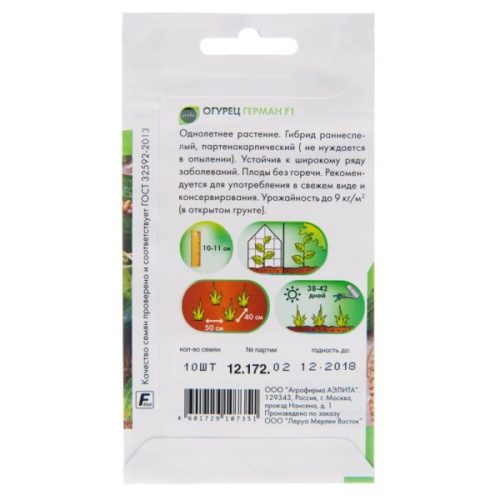
- You can grow this variety in any way: in a closed or open soil, using temporary shelter, without garter or on a chopler.
- The shoots of the plant are strong, not fragile, on the garter reach a length of about 4-5 m.
- The leaves in the hybrid variety are ordinary, characteristic of the entire type, medium size.
- A bush is formed powerful and strong, fast-growing and capable of withstanding a sufficiently large load in the form of massively ripening cucumbers.
- The seeds of cucumbers Herman F1 are usually treated with a protective nutrient shell, allowing to provide at least 95% of the germination. In addition, such seeds should be seen one by one, which significantly saves the seed material and does not require additional thinning. Such seeds are brightly painted, which makes it possible to distinguish them from falsification and avoid deception by the seller.
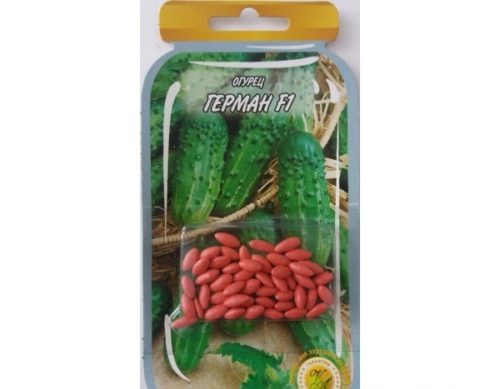
- The cucumbers of the Herman F1 grade are grown on both individual household plots and industrial scales (for sale).
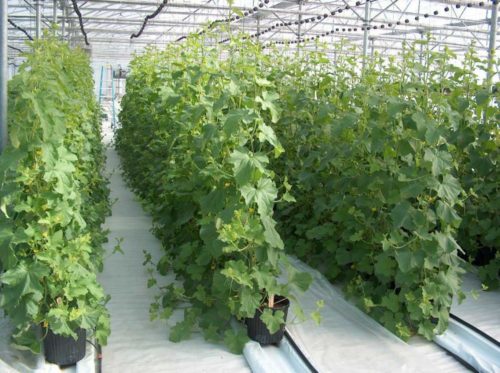
Cucumber Character Herman F1
- The characteristic of the cucumber Herman F1 includes a number of advantages: an excellent product appearance, all the fruits of small (approximately identical) sizes, the absence of bitterness (even with irregular irrigation), high flavors.
- Externally, the cucumbers have a neat oblong shape, about 10-12 cm long, a diameter of no more than 3-4 cm, a root type, with a skin of dark green and large burglars. The weight of one cucumber is approximately 70-100 g.
- Middle density cucumber flesh, crispy, fragrant, light green with white (practically "transparent") seeds, leaves a slightly sweet aftertaste.
- The grade of cucumbers Herman F1 is distinguished by early maturation and high yield. The first vegetables appear on the 36th day after shooting. After this week after that, the massive aging of cucumbers of this variety begins.
- As for the yield, the average indicators are 15-20 kg of cucumbers collected from one meter of the occupied area. Under favorable conditions and proper care, the indicators indicators will increase at times.
- High yield is explained by the nature of the formation of fruits, which ripen by beams. In one such bundle develops from 6 to 9 cucumbers.
- Ripe fruits are used both in fresh form and for canning or salting. Even after thermal processing, the vegetables do not lose their taste. The absence of bitterness in cucumbers does not require their pre-soaking in the water.
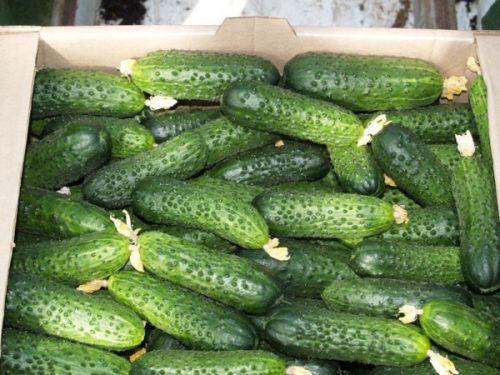
Benefits of grade Herman F1
- Self-polling;
- High-resistant;
- Unpretentious;
- Raging;
- High-yielding;
- Dissolved in the conditions of cultivation (greenhouse, greenhouse, open soil);
- High percentage of seeds;
- Comfortable small fruit size;
- Good freight form of fruits;
- High taste, without bitterness;
- Resistant to a number of diseases (mosaic, malievable dew, fusariosis);
- Suitable for long-term storage;
- Good transportability.
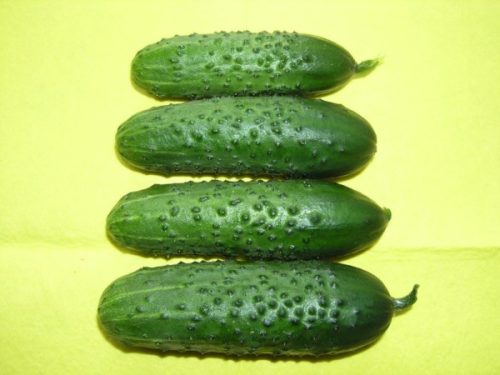
Disadvantages of grade Herman F1
- Expensive;
- Not resistant to lower temperature;
- Seedlings poorly tolerate picking and transplantation;
- Not resistant to such a disease as rust;
- The hardness of the pulp of fruit is average.
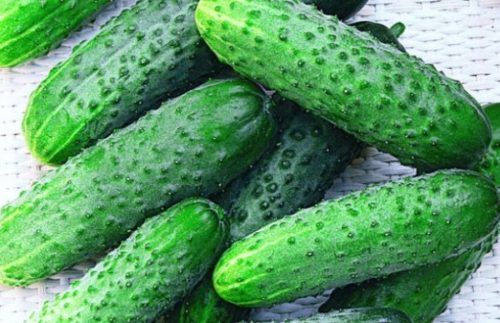
Growing cucumbers Herman F1
You can grow cucumbers in a plot in several ways: seedy, followed by landing in open ground or resetting in a greenhouse, sowing seeds into an open ground.
- The seeds of the hybrid grade of cucumbers are convenient to use due to the protective film on each seed and unpretentious to growing conditions. If the seeds are not treated with fungicide, they are pre-sowing. This procedure includes: seed sorting, soaking them in a saline solution to select the most full-fledged instances, drying with subsequent warming at temperatures up to +60 0C, disinfection in a 15% heatman solution.
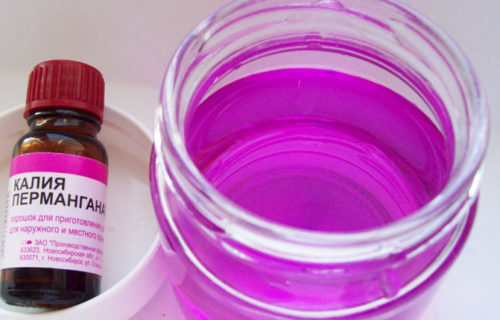
- soak the seeds before planting can not be processed by the manufacturer. Normal seminal material (uncoated), after the presowing treatment can be soaked, which will accelerate the "pipping". Seeds are spread on a plate with a well dampened cotton swab or cloth on top cover with a piece of the same fabric. Water is only 1-2 mm should cover the cloth with seeds. As the evaporation of water is poured.
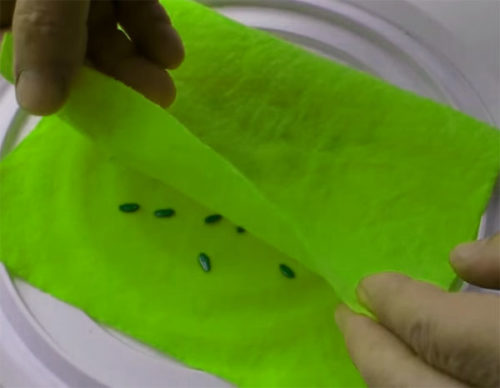
- Grade cucumbers German F1 grows on almost any type of soil, provided sufficient fertilization. Not suitable for growing cucumbers heavy, clayey, poor, acidic soil.
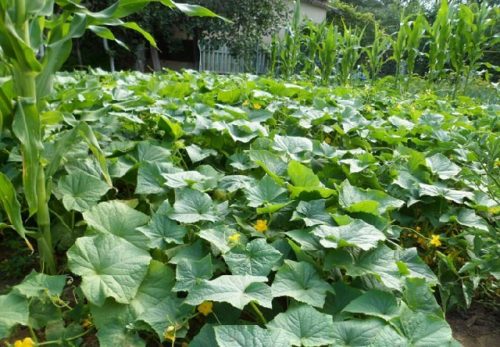
- Optimally suitable place for planting cucumbers - light penumbra. Alternatively, you can sow in the garden cucumber rows of corn that will provide shade. Too bright hot sun causes the leaves of cucumber burns and can lead to the death of the bushes.
- Classical scheme involves planting distance between rows - 60-70 cm between plants in a row -. 10-15 cm The wider aisle, it will be easier to harvest. Apart from this embodiment, circuit practiced landing 90 x 30 cm.
- Before planting the seedlings and seeds, soil properly prepared: dug, loosened, leveled with a rake. To improve aeration in the soil, you can add sawdust.
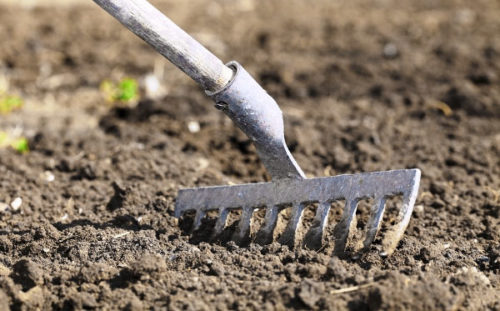
Growing cucumbers German F1 seedling method
- Given the fact that sprouts not tolerate the pick is better to sow the seeds of German F1 varieties of cucumbers at once in separate containers. Excellent proven, such as peat cups.
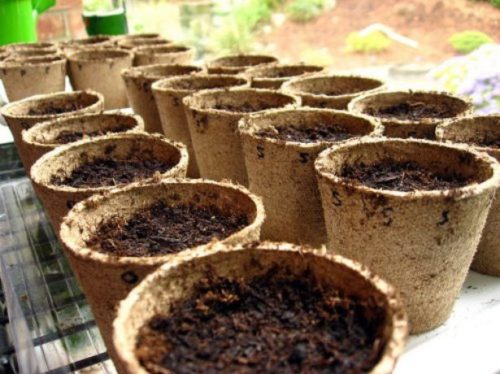

- For sowing individual pots filled with soil nutrient substrate intended for planting vegetables.
- In most cases, the German F1 hybrid varieties of seeds do not require pre-treatment and immediately ready for sowing.
- Seed slightly deepened into the ground (1.5-2 cm), moisten it and close the pot film. When growing seedlings in the heated greenhouse, cover the container is not necessary. Aftercare for shoots includes periodic moisture and airing pots.
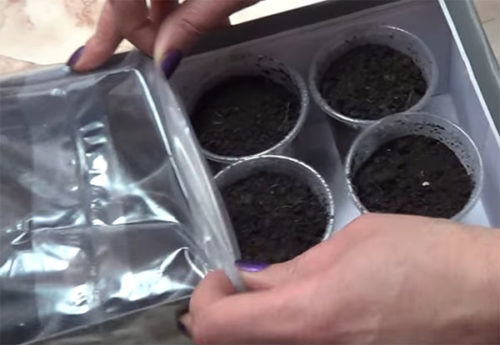
- The seedlings are planted on land in the phase formation of seedlings 3-5 true leaves.
- Transplanting is done carefully, it is important to preserve the natural clod seedling.
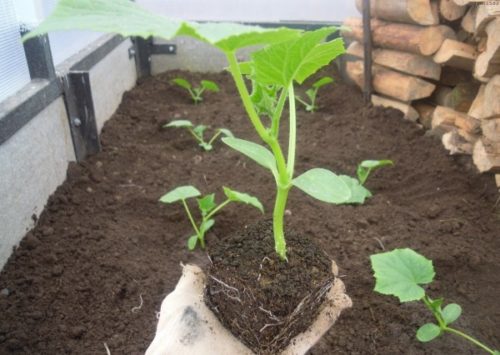
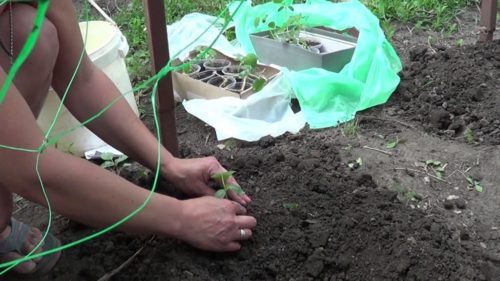
- Seedlings planted in the beds around the middle of June, the stem buried in the ground to the level of cotyledon leaves.
- Planting seedlings to the greenhouse is carried out much earlier so that in the middle of spring began to ripen the first cucumbers. Soil composition for greenhouses are used about the same as in individual pots (ferry soil, humid, peat). For the successful seedlings, it is important to maintain a permanent level of temperature, humidity and lighting.

Sowing cucumbers Herman F1 in open ground
- This method is acceptable when landing in regions with a warm and temperate climate, without sharp fluctuations in the temperature regime.
- Seeding seeds are carried out with steadily warm soil up to 18 0Happy and not lower than 8 0With night. Night return freezes, a decrease in temperature and soil cooling threatens the death of seeds, either the "tightened" vegetative period.
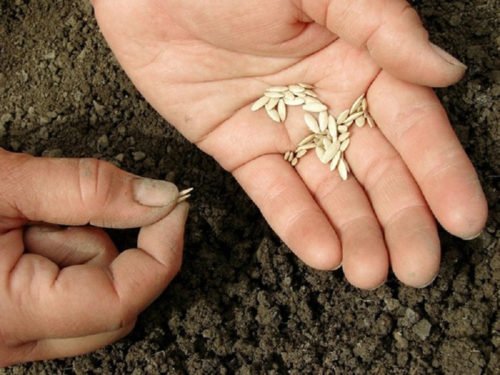
- Before sowing, the wells (or grooves) are preparing. For holes, shallow pits are digging, fill them with fertilizer (sand, peat and grounding mixture in a 1: 1: 1 ratio) and poured with water. You can also add wood ash and a small amount of nitrogen-containing fertilizers in the soil.
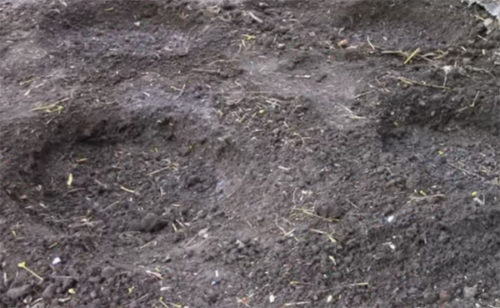
- The soil should be loose, light, fertile. Seeds are plugged into the soil no more than 2 cm.
- After sowing, the garden is mounted with humus and are covered with a film (you can use any other underfloor material). The greenhouse effect will allow preserving a stable temperature and a favorable microclimate for germination of seeds. When shooting and establishing warm weather - the film is removed.
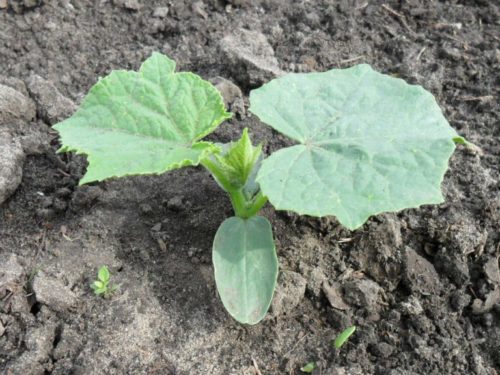
Care of cucumbers grade Herman F1
Care for cucumbers in the garden includes the main agrotechnical activities, such as: watering, loosening, garter, fertilizer.
In greenhouse-green conditions, it is important to maintain optimal indicators (light, water, temperature, feeding), which preserve a constant favorable microclimate indoor.

Watering, loosening and dipping cucumbers Herman F1
- Cucumbers - a fairly moisture culture and the regularity of watering largely depends on the yield of culture. The norm of irrigation depends on climatic conditions, but, on average, the bed is watered 2-3 times a week.
- For watering cucumbers, it is best to use warm water (with a temperature of about 15-25 0WITH).
- Watering is under root, and not on the leaves, better in the evening.
- After watering, in order to avoid the formation of the soil crust, the ground in the garden loose. Swimming is carried out carefully, given the surface rooting roots.
- In the phase of the appearance of the 3rd leaflet on the plant, the cucumber bush is plunged.
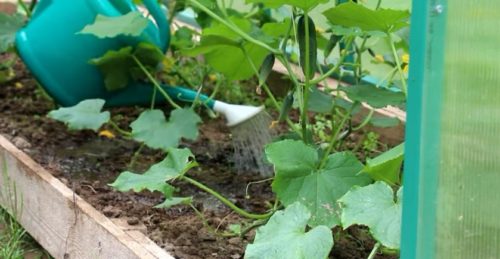
Making fertilizers and feeding cucumbers Herman F1
- Vegetable culture favorably responds to fertilizer and feeding. Feelring cucumbers on average necessary every 10-15 days.
- Fertilizers are on the root, in a liquid form, after watering.
- An organic agent is used as the main feeder: a solution of bird litter, a cowboy, a duty (divorced in water), wood ash. Typically uses a concentration of a solution of 1:10 (organic and water).
- An additional fertilizer can be a variety of mineral complexes (urea, ammonium nitrate, superphosphate). The exception is chlorine-containing potash salts, contraindicated with cucumber cultures.
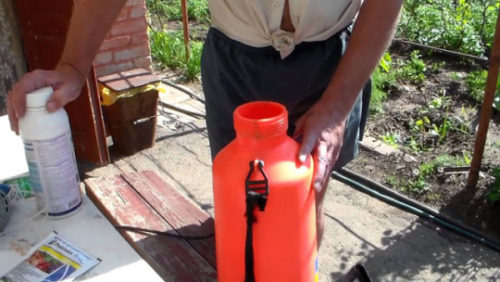
- Beginner gardeners can adhere to the following scheme of making feeding at different stages of plant development:
- Growing seedlings in the phase of the appearance of the first real sheet, an ammonium nitrate solution is made with superphosphate (per 1 liter of water 0.5 g of nitrate and 1 g of superphosphate).
- In the phase of the second present leaflet, the sighter watered sulfate potassium, mixed with a cow, in a 1: 4 ratio.
- After 1.5-2 weeks after the previous feeding, a mixture of ammonium nitrate (1 g) and superphosphate (2 g) are made, dissolved in a water liter.
- In the period of planting seedlings to open soil, young seedlings feed the fertilizer "Agrikola striker". We water from watering (2 tbsp. On 10 liters of water) and spraying (1 tbsp. On 10 liters of water) plants. After 1.5 weeks, watering the specified solution is repeated.
- At the beginning of flowering, the culture is watered with a solution of a cow (1: 5) or a bird's litter (1:10). It also also add wood ashes to solutions.
- In the summer, when the ovary of cucumbers begins to form a mixture of ammonium nitrate (10 g), superphosphate (20 g), potassium chloride (15 g) dissolved in 10 liters of water.
- During the period of fruiting, it is advisable to feed the plant by an organica: compost, wood ash, a korovyan.
- In addition, nutritional trace elements can be added to liquid feeding: boric acid, Martan sulfate.
- It is not worth using fresh manure, which helps to increase the temperature of the soil and can damage the gentle roots of cucumbers.
- When using ammonium nitrate, it is important not to exceed the dosage indicated on the package so that harmful nitrates are not formed in the fruits.
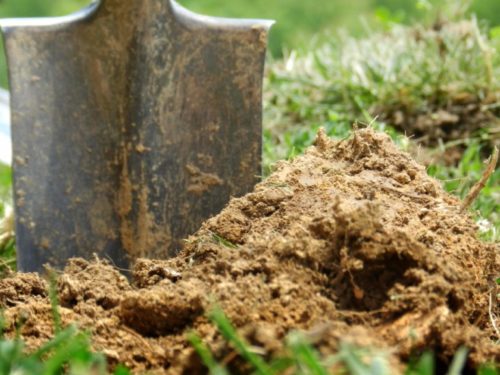
Formation of a bush of cucumbers Herman F1
- Given the peculiarities of the "bundled" formation of a hybrid variety, the cucumber bush is often subject to artificial "reformatting" of the scourge into one stem.
- This molding of the bush is convenient to carry out when planting cucumbers near the support and vertical placement of the stem. Supports (most often than the trellis) contributes to the ventilation of the bush, allows you to conveniently and qualitatively assemble the harvest, saves a place, prevents rotting, damage to pests and infecting diseases.
- To form a leading stem in the sneakers of the 4-lower leaves, marking and shoots are completely removed. This technique stimulates the development and strengthening of the root cucumber system.
- The second stage will be pinching shoots in the sinuses of the next two leaves. At the same time, in the sinuses of these leaves, they leave one zeroshi.
- Further, in the sinuses of 7-10 leaves, they leave 2 marks, and shoots, as in the previous case, are deleted.
- In the other sinuses of the leaves, they are neglected all the marks.
- When the stem will reach in a height of about 1.5 meters and its top will reach the support, it is plugged, and the stem is tied up to the grinding.
- Paging - not at all mandatory procedure when growing this grade of cucumbers. The rapid culture, especially without tapping, does not need such a bush formation.
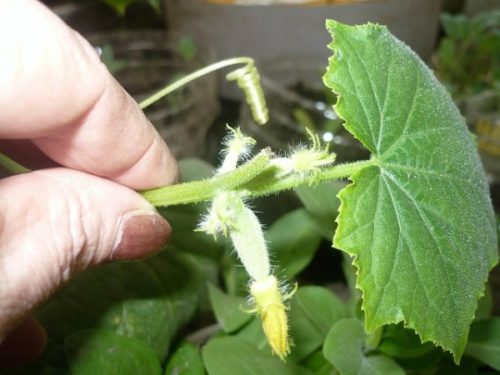
Features of the care of cucumbers Herman F1 in the greenhouse
- The main condition for the successful cultivation of greenhouse cucumbers is to maintain an optimally favorable microclimate in the greenhouse.
- Light, moisture and temperature regime should be permanent, without failures and sharp drops. The violation of these indicators will lead to a decrease in the growth rates and the development of cucumber culture, which means to lower yields.
- Every 10-14 days should be made to the soil feeding and fertilizer. Usually, mineral complexes (type "Kemira") alternate with organic fertilizers (cowboat, wood ash).
- In addition, the greenhouse should regularly venture, which helps to avoid development on the pathogenic microflora plants and prevents the appearance of pests or diseases.
- Growing cucumbers in a greenhouse, the bushes should be artificially forming, pinching shoots in a timely manner, and tie. Vertical binding to any support will allow to significantly save the square of the greenhouse and significantly increase the yield of culture.
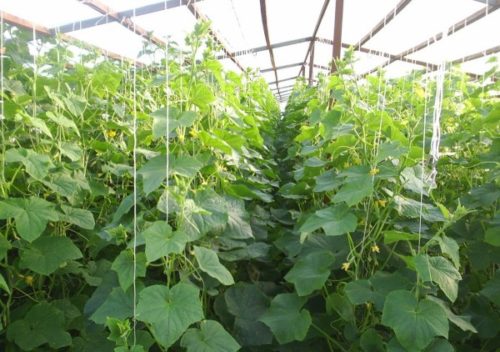
Fighting diseases and pests of cucumbers Herman F1
- Herman F1 grade cucumbers are distinguished by high resistance to many diseases typical of cucumber crops, namely: mosaic, mildew, fusariosis, storage alone.
- This grade of cucumbers may be affected by such a fungal disease as rust. The first signs of infection are yellow spots on the foliage, which are gradually starting to dry. Together with the drying of the foliage, the shoots are beginning to "disappear", the plant is suspended in development and may die. To combat fungus, as well as in preventive purposes, fungicidal preparations are used (for example, a solution of copper sulfate or "Fundazole"). If the bush has been processed along with the fruits, the cucumbers in food can be used only in a week. For prevention, it is recommended (in the late spring - at the beginning of the summer) to process the planting of cucumbers with 1% burgundy fluid solution, landing is not thickened, and plant residues at the end of the season burn.
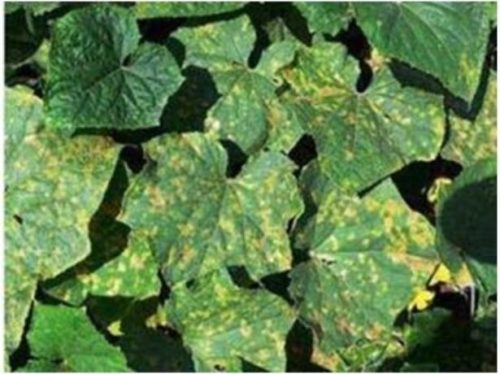
- In conditions of high humidity and high temperature, insect pests can appear on cucumbers: whiteflink, wave, web tick. Insecticidal preparations are used to combat pests: Aktellik, confident, pegasus, carbofos, accommodation. The prophylactic measure will serve as a regular weeding, loosening and repack of the garden for the winter. According to gardeners, concentrated infusion of garlic is effective. For its preparation, about 250-300 g of crude crushed teeth, filled 2 liters of hot (70 oC) water. The solution insists a day, then filtered, add to 10 liters of water and 30 g of household soap. Thus prepared, thus influence the leaves of cucumbers, especially from the bottom side.
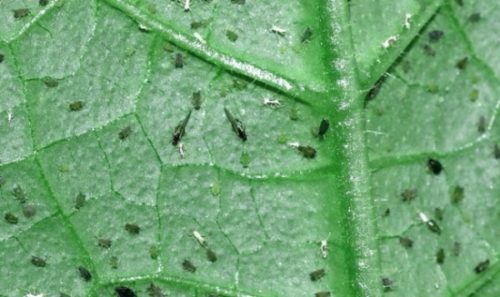
Collection and storage of crop cucumbers Herman F1
- The fruction of cucumbers grade German F1 lasts from June to September. Terms can be shifted depending on the region of growing, climatic conditions and compliance with the care regime.
- Rising and collected cucumbers Herman F1 perfectly persist in a cool place about 1-1.5 weeks. Vegetables are not yellowing for a long time and perfectly tolerate transportation.
- There are key issues of competent collection of vegetables, allowing to extend the storage time of vegetables and avoid their rapid damage.
- The cucumbers should be separated early in the morning or in the evening when vegetables have the most dense and elastic structure.
- The collected cucumbers can not be left in the sun, it is better to recycle vegetables as quickly as possible. If it does not work immediately do it, - the cucumbers are lowered into the basement or placed in the refrigerator. It is important to remember: the earlier to start processing, the better the appearance and quality of the fetus (elasticity, color, aroma) will be.
- Collect the cucumbers should be regularly, every 2 days, not allowing the "outstanding" of fruits. Regular harvest is stimulated by the formation of new bandages, while cucumbers - "overgrowns" take a lot of strength in the plant and the number of newly developing fruits is naturally reduced.
- To tear the cucumbers from the shoots neatly, not traumating the plant. It is better to do it with a knife or garden secateur.
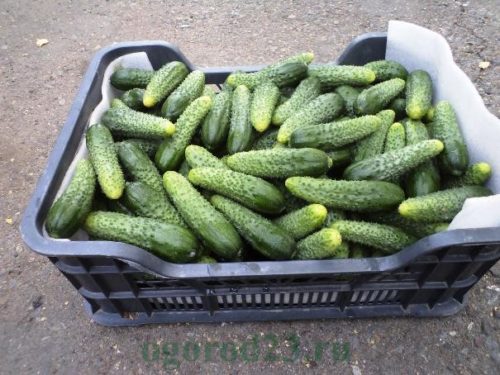
Cucumber Herman F1, reviews
According to the reviews of people grown by the cucumbers Herman F1, the variety has already proven himself as stable, yield and hardy vegetable culture.
The variety is grown without any problems on household plots, in the open ground.
Especially valuable are taste quality cucumbers and their presentable, convenient for further processing, appearance.
The hybrid grade absolutely does not have a bitterness, which is very important for most consumers of these vegetables.
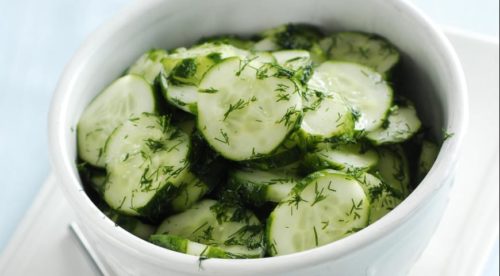
Many daches and gardeners plant a variety in order to further preserve fruit. When using a finished product, a 100% storage of dense, crispy and delicious pulp is noted.
Specific feedback of people growing the cucumbers German F1 can be found on specialized Internet sites, in thematic groups or clubs.
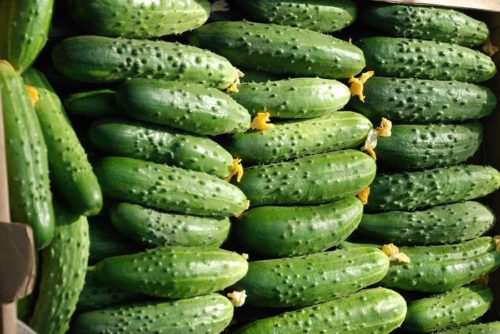
Thus, the Dutch grade of cucumbers Herman F1 every year becomes more and more popular in our country, both among the gardeners - lovers and in the field of large-scale vegetables. Such widespread is explained by the mass of the advantages of a hybrid variety: a stable high yield, unpretentiousness in care, good taste qualities and early maturation. A special "highlight" of a variety is the possibility of self-absorption, which ensures complete independence from insects of pollinators and weather conditions that indirectly affect the process.

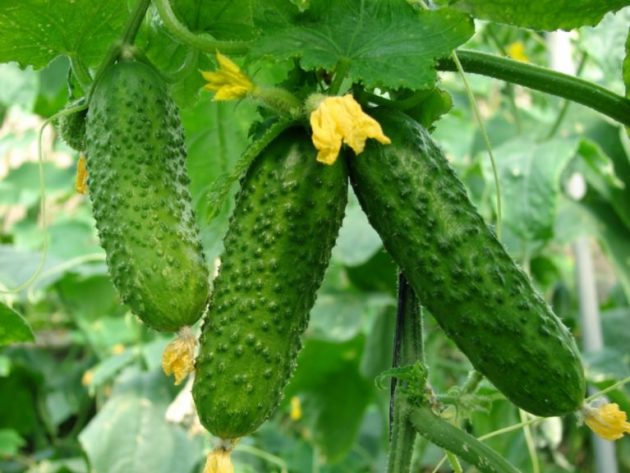

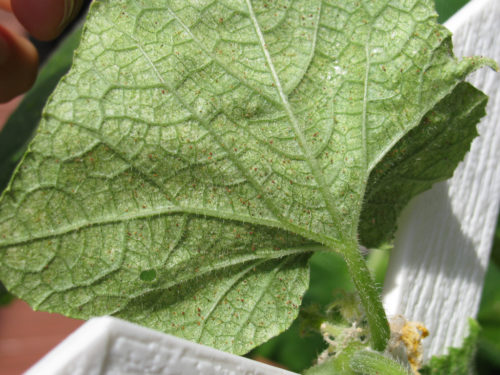
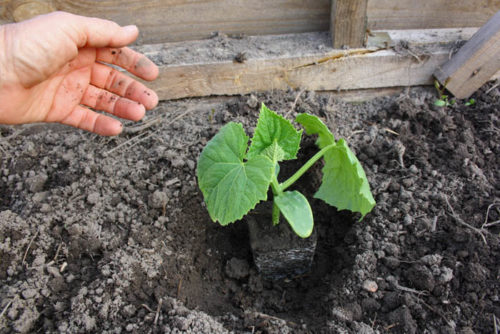

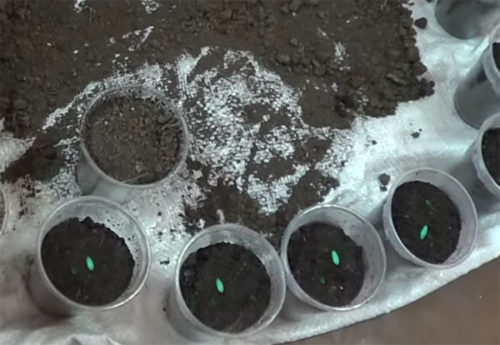

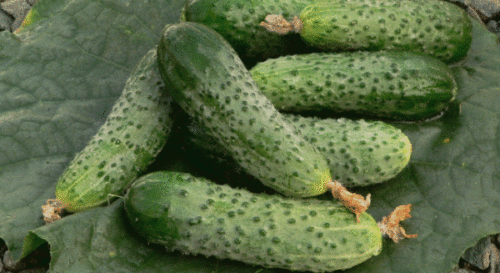
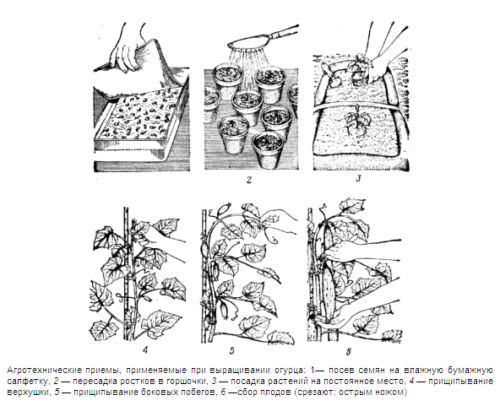

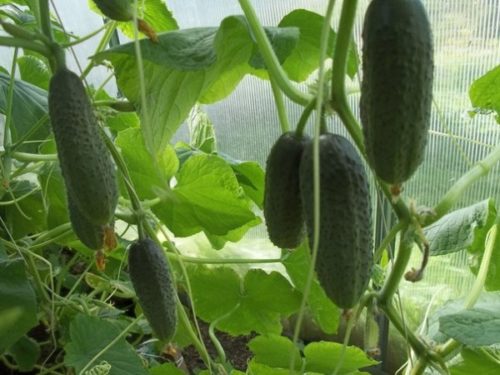
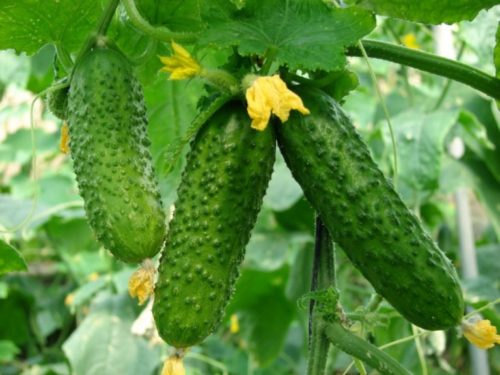
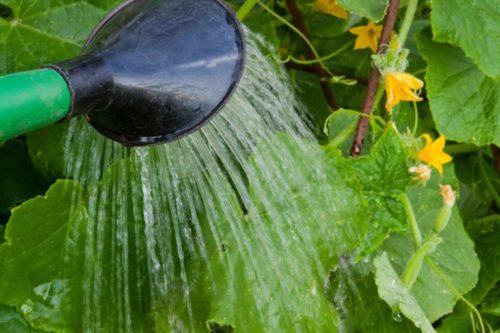
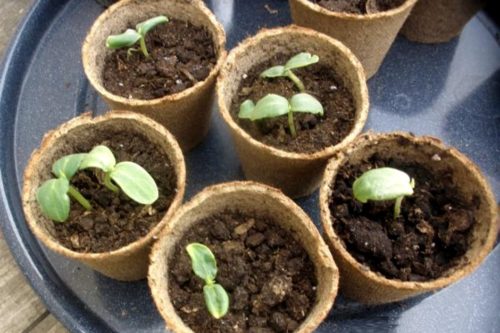
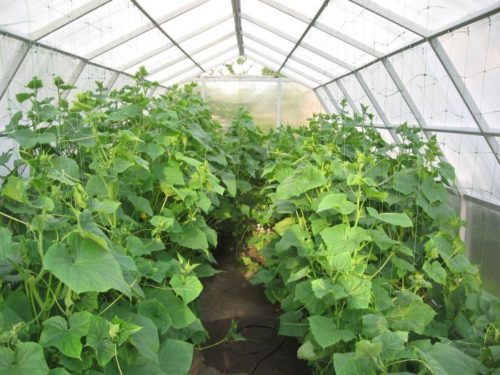












 Start a discussion ...
Start a discussion ...